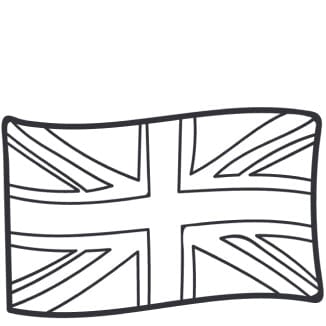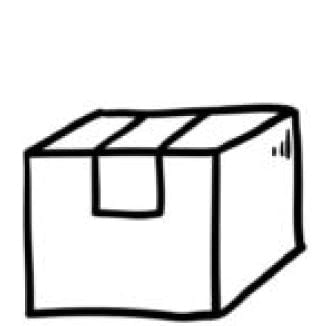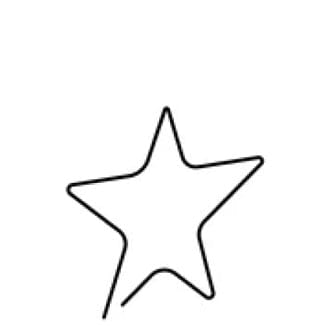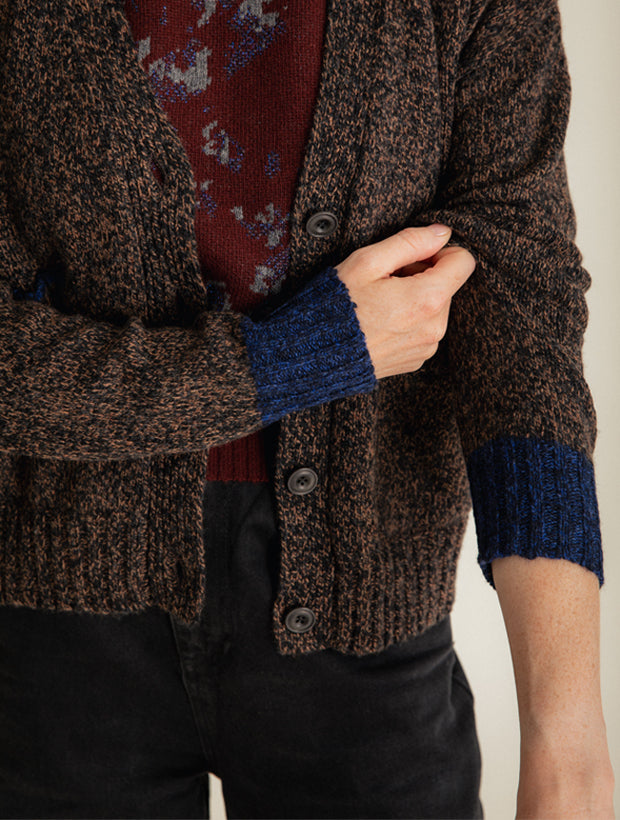
Courtney & Co. are the last button makers in the UK, working with sustainable materials to mill their buttons in a variety of sizes and finishes. They turn, dye and finish their buttons using traditional techniques, yet are always guided by provenance, biodegradability, sustainability and environmental impact.
We caught up with David Courtney to find out more about how they make their buttons, the materials they use and the story of how they began their button making journey.
Could you share the story of how you started and grew Courtney & Co?
We had no previous experience at all in button making or even the garment industry, but I always lamented the loss of British manufacturing. When an article appeared in Country Life magazine in June 2013 I responded to it. The article described how Britain’s last horn button maker (James Grove & Sons Ltd) had collapsed in December 2012 after 155 years of operation and that help was needed to buy the last remaining machines in the country to resume production. Within 48 hours we had acquired them and had agreed to lease them out to a start-up company which had arranged for the article to appear in the magazine. Sadly, this didn’t work out and the start-up went bust in December 2015.
It was at this time that we first explored the idea of making buttons ourselves. Initially, we partnered with a firm of button makers in the UK that made polyester and nylon buttons (similar in some ways, but very different in others) but we gradually took on more processes over the years until we are now fully self-sufficient in each and every process. We made around 750,000 buttons (corozo, milk casein or Codelite® and horn) in 2023 and have the capacity to ramp this up to 2m we believe. We are still considered to be a small artisanal maker by industry standards, which is where we want to position ourselves.
[gallery size="large" ids="75870,75880,75884"]
How important is sustainability to you, and how do you ensure your materials and processes adhere to your sustainability guidelines?
It was clear to us from the outset that the future had to be natural and therefore sustainable buttons. Polyester buttons are sold by the tons in the wholesale market and buyers are driven only by cost. Natural material buttons command higher prices and appeal to the more luxury market and this was our focus accordingly. But in so doing we adopted old button-making techniques used in finishing which also concentrated in the use of natural materials such as wooden pegs, maize husk grains, ground walnut shells and others. Of course, we also chose Oeko-tex standard 100 dyes rather than synthetic aniline dyes derived from petro-chemicals.
Once you have started on this course, it has to be followed and thus we pay particular attention to provenance and material in every part of our business. It is what our customers want and have come to expect.
[gallery size="large" ids="56551,56608,75833"]
What are the characteristics of the natural materials you use for your buttons, and why do they make great buttons?
Corozo is made from Tagua nuts (sourced in Ecuador) and has the most beautiful marbling which is as varied as human fingerprints. They have been around since the 1870’s but fell out of fashion in the 1960’s when polyester buttons first appeared. (Photos below)
The same is true of milk casein (we refer to the material as Codelite®). While the material was first perfected for button-making in Stroud in 1909, production stopped entirely in the UK in the early 1970’s. So when we started making Codelite® buttons in 2018 it filled a gap of 45 years! The great thing about milk casein is that it is fully sustainable and biodegradable, but the lengthy production process (taking several weeks) allows the maker to introduce pigment and dyes which result in different appearances including pearlescent which Genevieve uses and others which resemble mother-of-pearl, ox horn and tortoiseshell.
Horn, either water buffalo or ox, is considered by many to be the ultimate button making material as the colours are diverse and spectacular. They, too, are bio-degradable and come from sustainable sources. Horn is a by-product of the farming industry. The animals are NOT bred for their horns.
[gallery size="large" ids="75878,75895,75882"]
What are the processes of making a button, and how long does it take to make an individual button?
We receive round blanks in the various materials and sizes ready to turn into buttons. Horn buttons are not all fully round and have to be rectified to within 1/100th millimetre before we can make them into buttons. Corozo and Codelite® blanks are far more reliably sized and circumvent this process.
The blanks are fed onto a machine which ‘turns’ the intended shape, both front and back, and drills either two or four holes. Much is done automatically, but the set-up of each size, material and pattern is different and takes several hours.
They then need to be polished or matted. Corozo and Codelite® buttons are finished in 4 hours or longer depending on the finish intended, while horn takes between 2 and 4 days. We do not dye horn buttons, but Codelite® buttons are dipped into a pre-prepared dye (held at 95 degrees) which is transferred instantly. Thereafter, the buttons need to be fixed using a mordant and rinsed to remove any excess dye or fixative solution.
Corozo is far more involved as the buttons need to be steeped in water overnight which allows them to open their pores and swell to almost twice their normal size. They are also dyed in pots of pre-prepared dyes and fixed afterwards. Following rinsing they take 2/3 days to dry and return to their original and intended size.
[gallery size="large" ids="75899,75898,75901"]
Are there any challenges to button making in Britain today?
The greatest single challenge revolves around skills and people. When James Grove was lost, the combined experience of 150 years of button makers was at threat of being lost forever also. And once lost, it is very hard to re-learn. We were very fortunate in having access to former Grove employees and have secured many of their skills.
The second challenge is that of investment. The cost of new and highly sophisticated machines is substantial and there are as good as NO grants available to help. As such, we had to make the financial commitment ourselves. For this reason, we are one of VERY few new button-maker start-ups. They tend to be huge industrial concerns that merge over time to reduce costs. But we have made a great start and have secured people, premises and machines to equip us for the future.
[gallery size="large" ids="75906,75903,75904"]
What does the future of British made buttons look like?
There is no ‘industry’ to speak of, but we are slowly building a reputation and customer base from which we are growing. It is still highly competitive and relies upon customers like Genevieve who support us and provide some planning certainty. Quality is key and we are now producing some very fine quality buttons (as told to us by our customers) which give us confidence that we are here to stay.
[gallery size="large" ids="75886,75887,55719"]
What has been your favourite Genevieve Sweeney button to dye?
This is an almost impossible question to answer. Genevieve uses mostly pearlescent Codelite® buttons which dye to the most vibrant and eye-catching colours. Her colour palette is vast and amazing, but the combination of her woven designs and our buttons certainly seems to produce some fantastic finished garments. Genevieve is understandably one of our most cherished customers and I am not saying that for effect. We collaborated on a sweater with her using our buttons some years ago which was incredible.
But my lasting memory of Genevieve is the day that we met at Soho House in Shoreditch. We were going up in the lift together with another couple, one of whom pointed to the carrier bag emblazoned with Genevieve’s name and said to her partner ‘look, Genevieve Sweeney’. To which I replied this IS Genevieve Sweeney. They could hardly believe it!
[gallery size="large" ids="56562,56531,56572"]
All of the buttons used on our cardigans are made by Courtney & Co. Discover our cardigan collection here.
Find out more about our buttons here.











Leave a comment